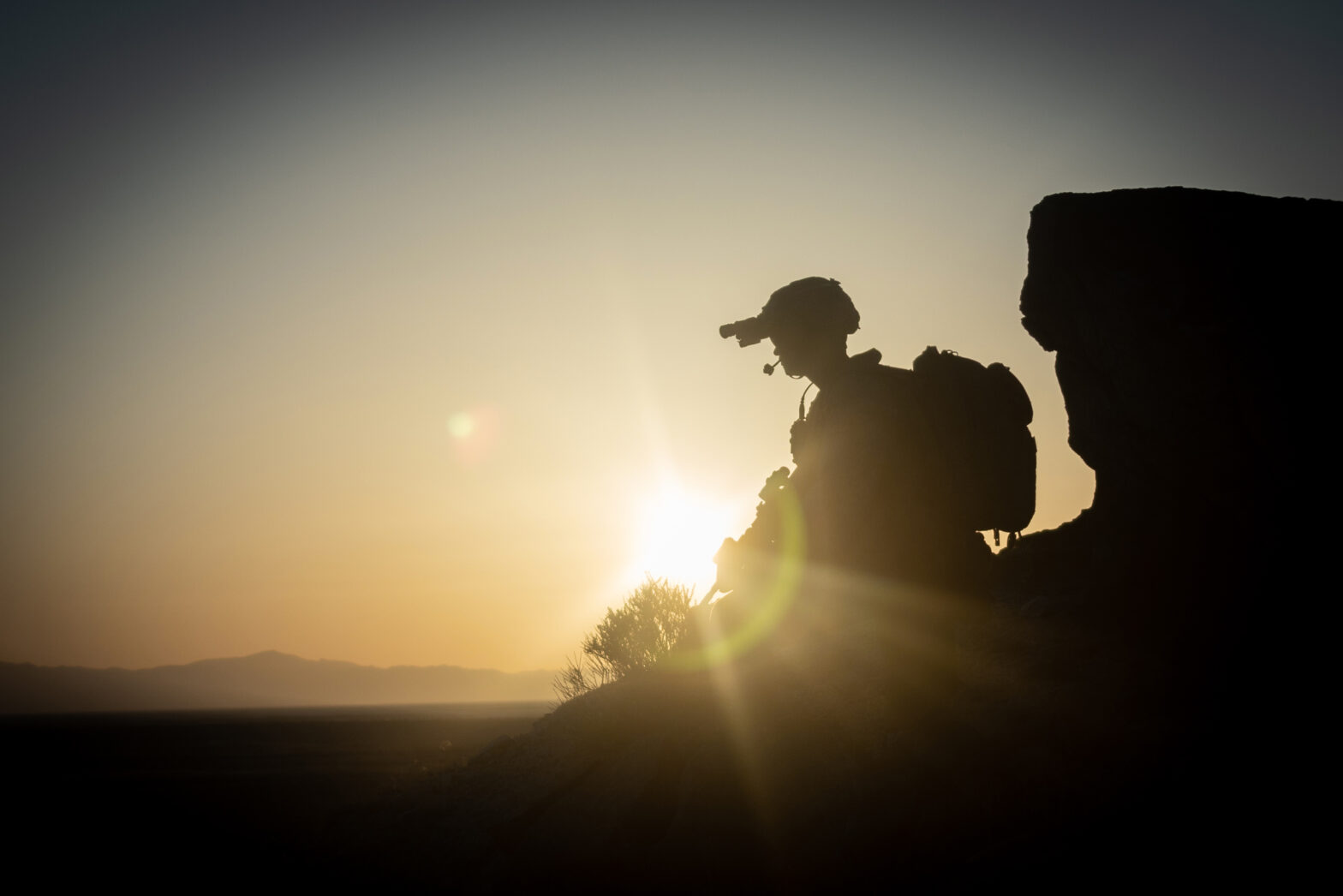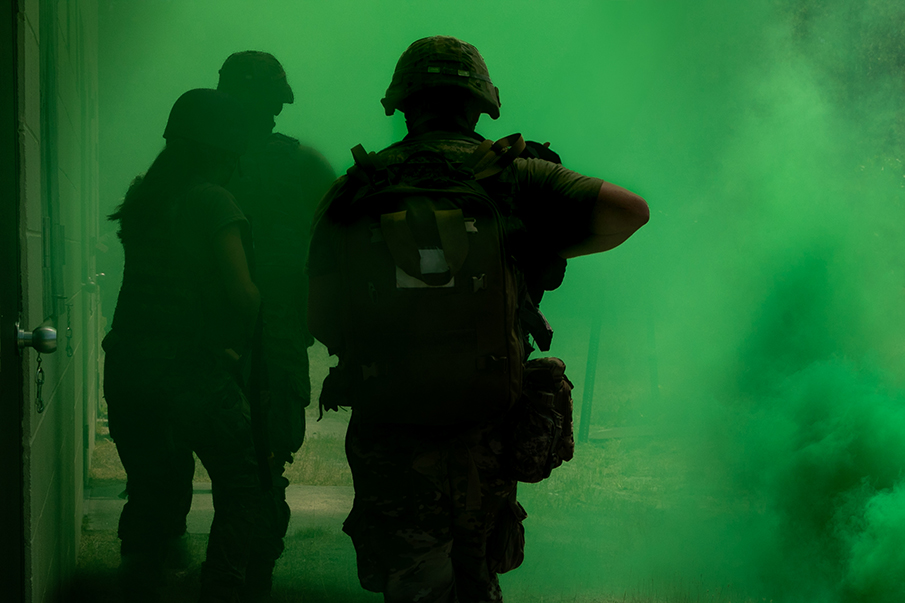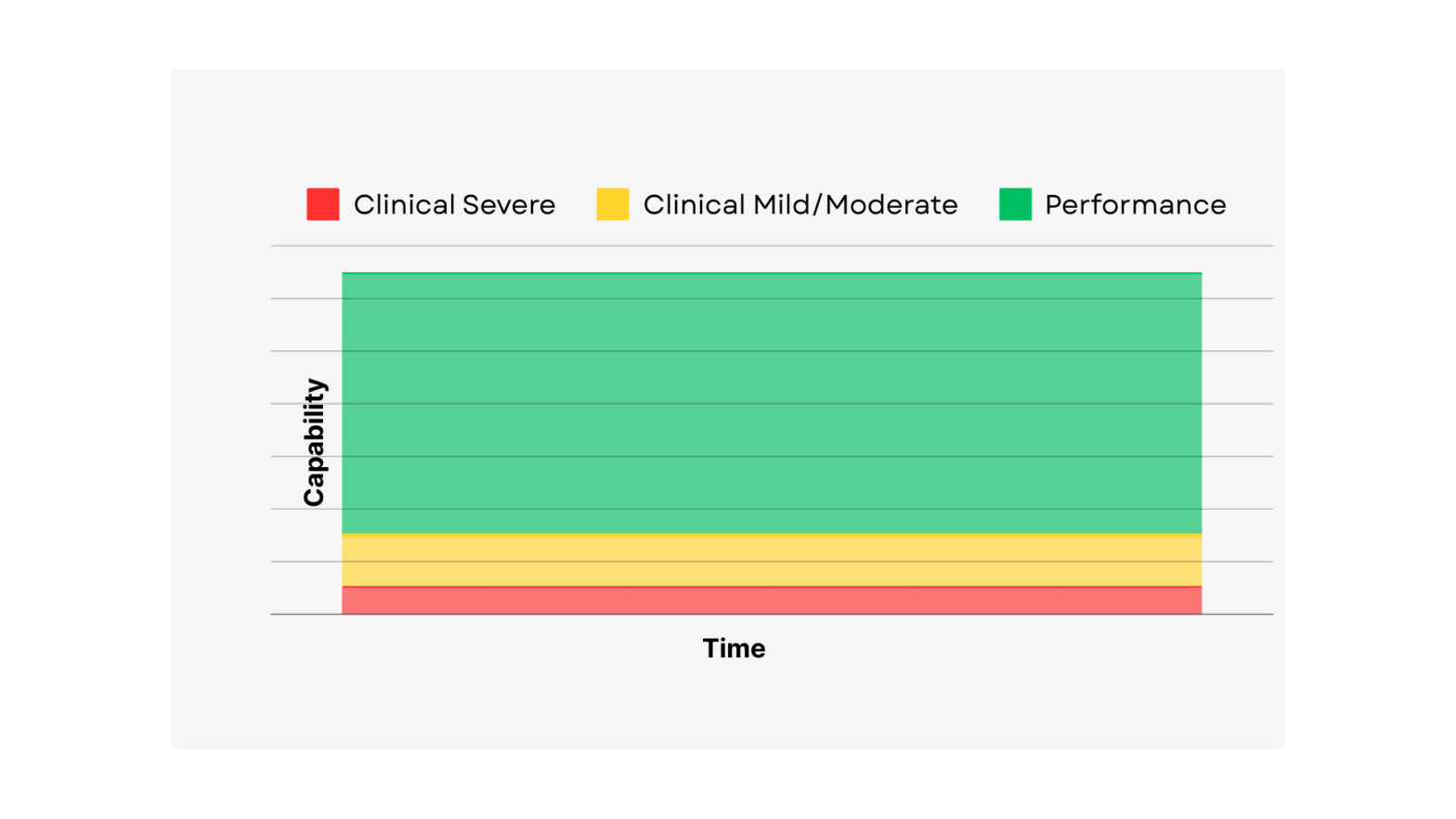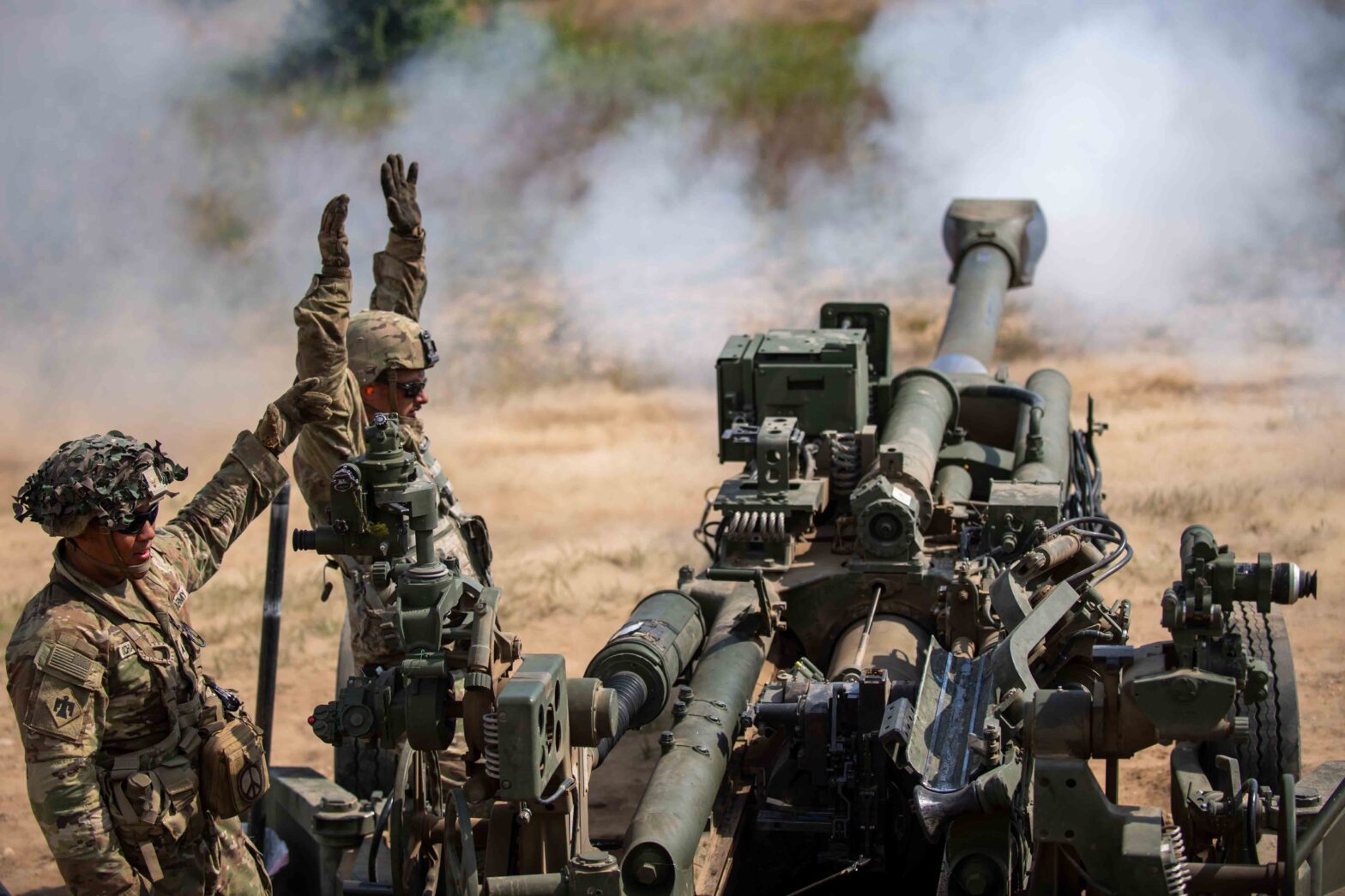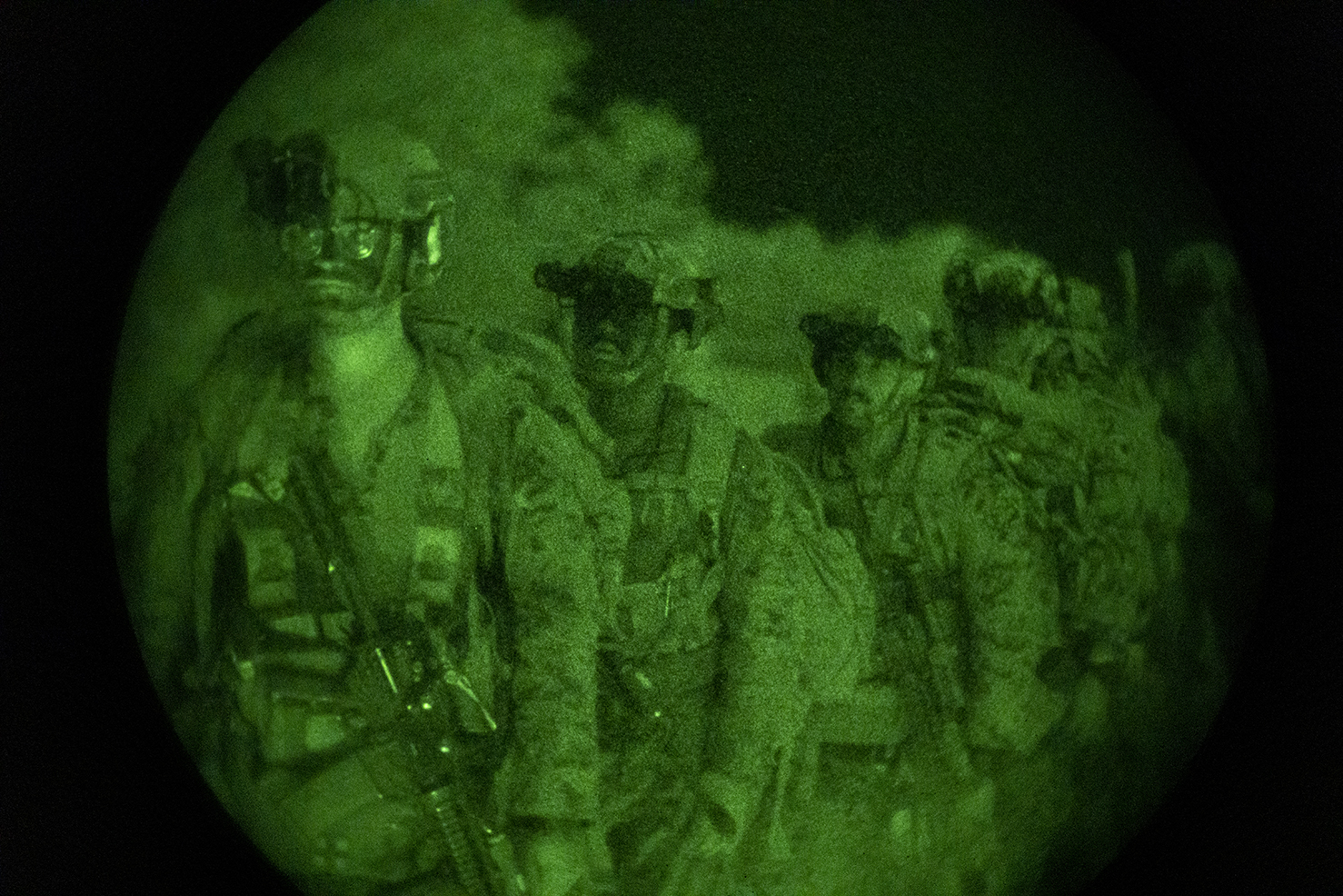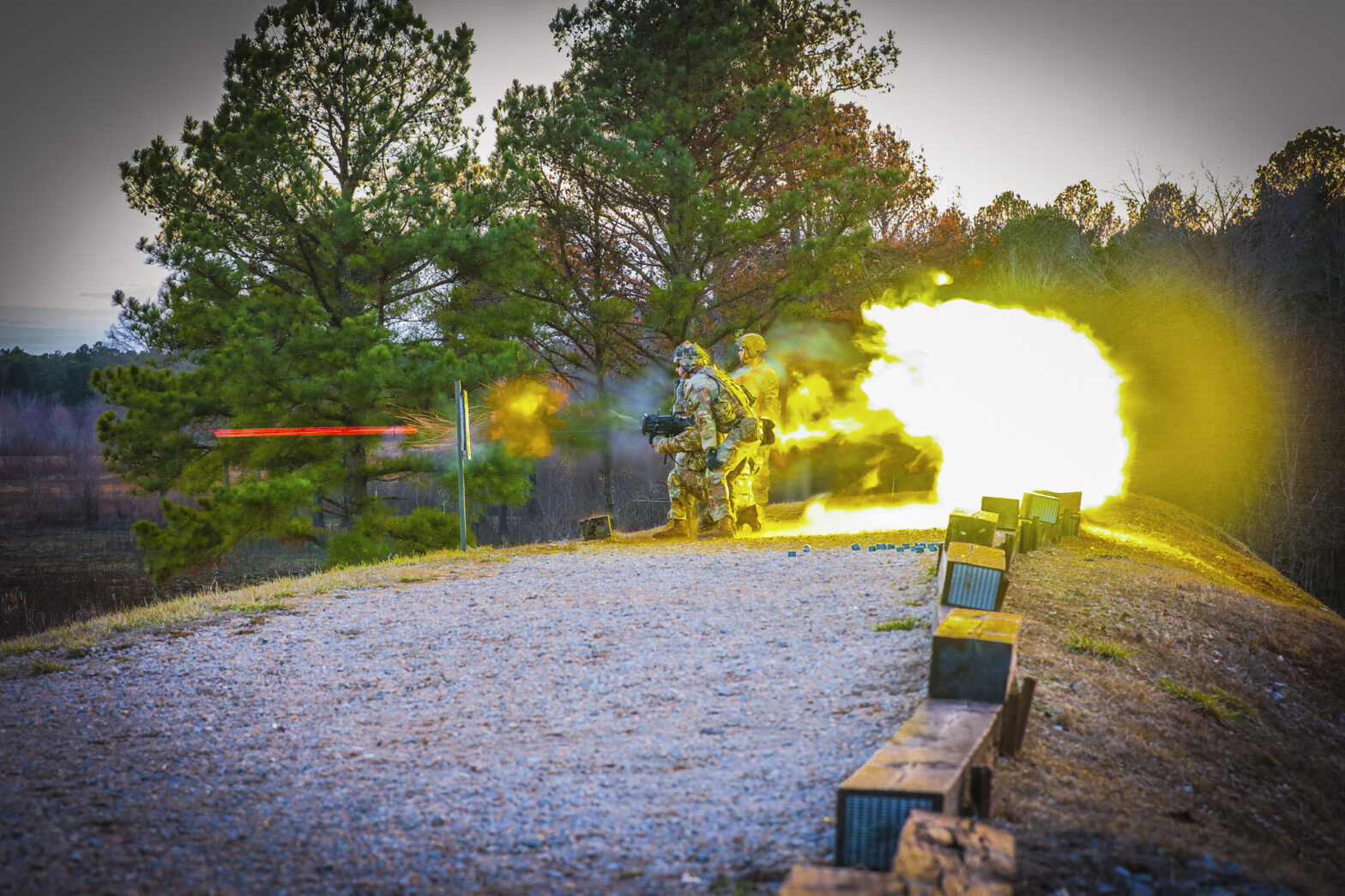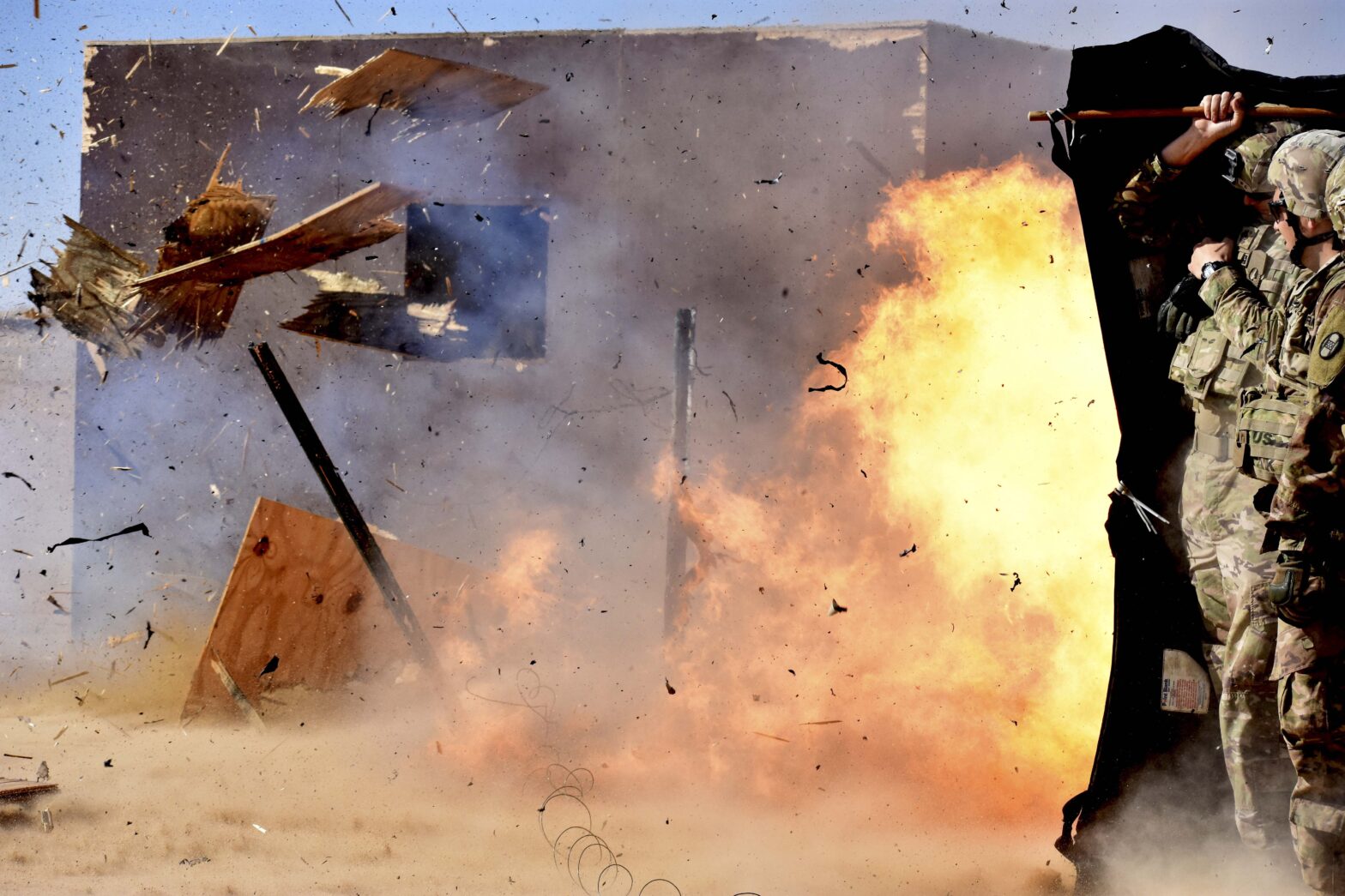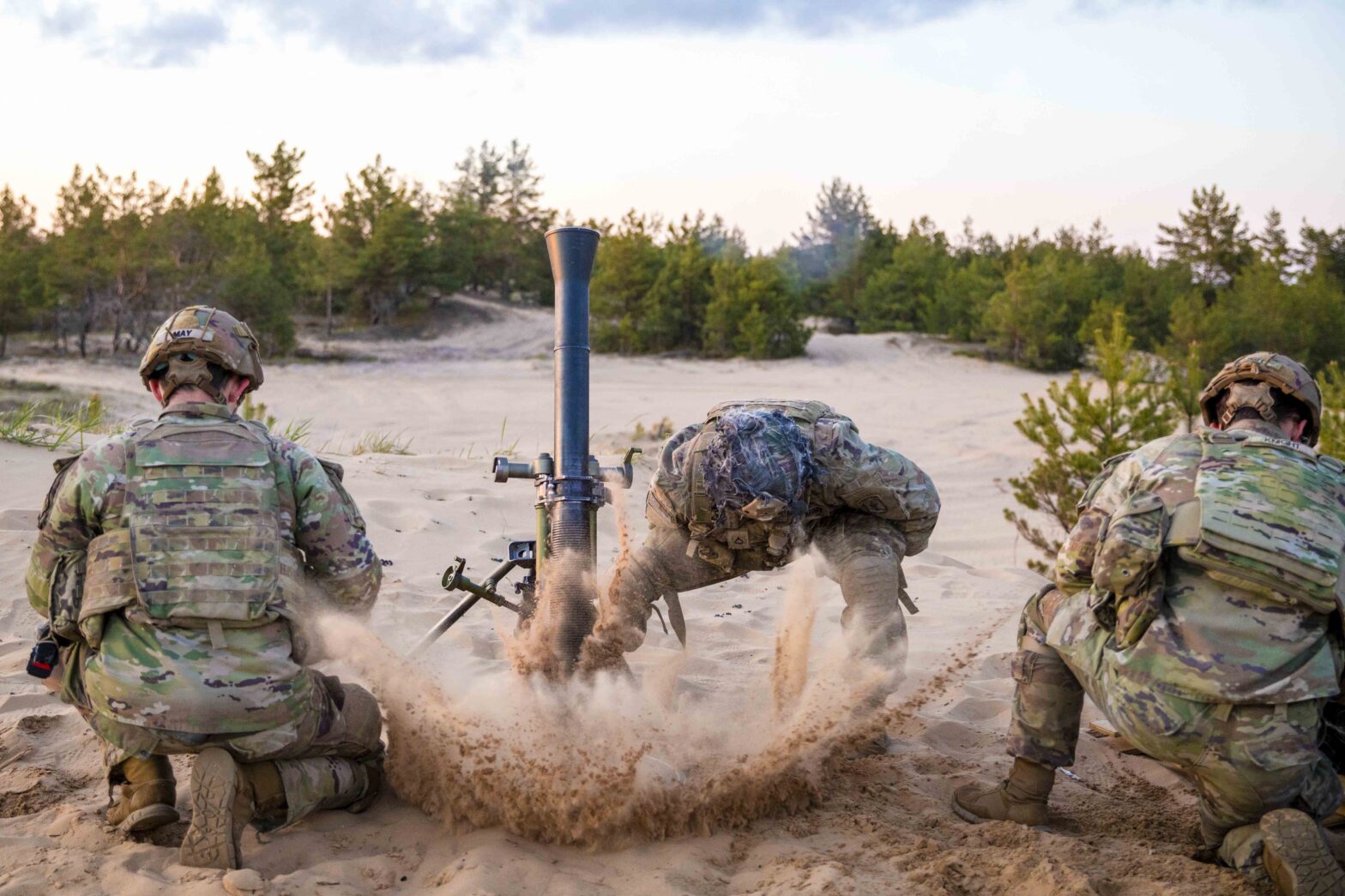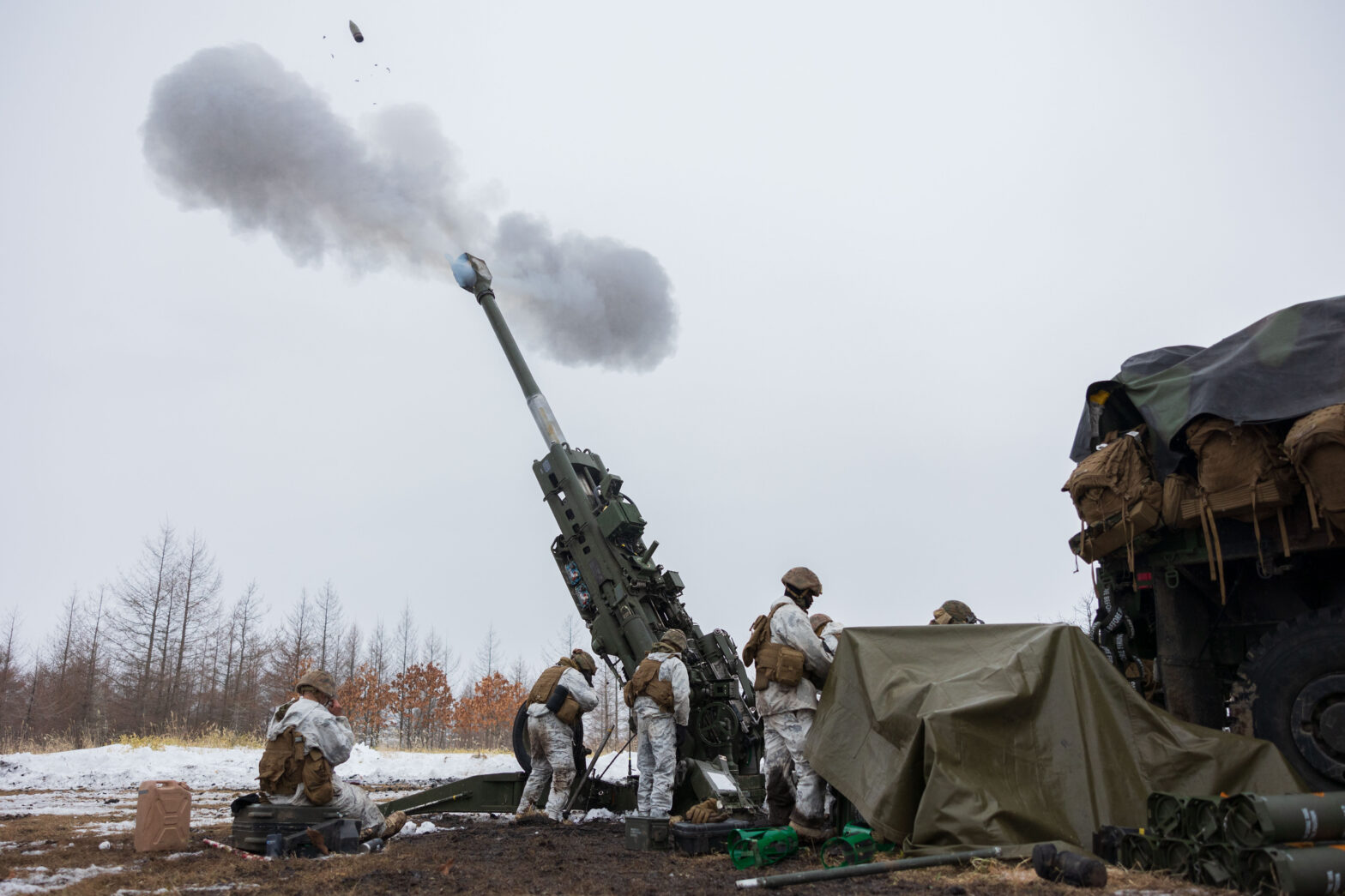There have been many advancements in technology to provide protection from blast exposure, including limiting direct passage through the skull, compression of the torso causing a transfer of kinetic energy to the brain, and through protecting the chest and lungs to reduce hypoxia. [1] Another potential site of blast overpressure transmission is through the ear… Continue reading The Ear and Blast Induced Neurotrauma
Tag: Blast
CQB
Close quarter battle (CQB) involves a variety of low-level blast (LLB) mechanisms, with training cycles requiring frequent exposures to these overpressures. The cumulative effects of these exposures are important to understand and monitor, both for how it can impact readiness and lethality as well as the potential long-term health consequences of these exposures. SFC McEvoy… Continue reading CQB
0.50 Caliber Sniper Rifle Blast Exposures Over a 3-day Training
A study done by Skotak, M., et al. (2019) measured the blast overpressure exposures of law and military snipers during a 3 day training event. [1] There were 20 subjects. 13 used a 0.50 caliber sniper rifle equipped with 29” long barrel. 7 used a 20” long barrel. Ammunition was either M33 ball or Hornady… Continue reading 0.50 Caliber Sniper Rifle Blast Exposures Over a 3-day Training
Proficiencies, Gaps, and Obstacles
My goal is to provide training strategies that enable tactical athletes to maximize key sensorimotor capabilities and maintain that skill at the highest level over time. Most sensorimotor training falls into the clinical categories, which are shown in the yellow and red in the graph below. There is a significant gap in targeted and measured… Continue reading Proficiencies, Gaps, and Obstacles
New DOD Requirements for Blast Overpressure Exposures
A recently published memorandum by the U.S. Deputy Secretary of Defense expresses the new policy of the DoD to mitigate and track blast overpressure (BOP) exposures. [1] This is an important step in both the recognition of the adverse effects repeated blast overpressure exposure can have on brain health, but also on performance. The memorandum… Continue reading New DOD Requirements for Blast Overpressure Exposures
Sensorimotor Skills
Blasts have been used in war for centuries. In fact, there is evidence of gunpowder bombs that date back to the Tang dynasty (circa 618-907 AD). [1] Though warfare and weapons have evolved since the Tang dynasty, blasts have remained a consistent variable of war. Sensorimotor skills are also a consistent variable of war, the… Continue reading Sensorimotor Skills
Mitigating Blast Overpressure
A study by Wiri, S. et al. (2024) evaluated blast exposure data from the US Military CONQUER program, specifically the variance in blast overpressure at different positions with det linear breaching charges, explosive breaching water charges, shoulder-fired weapons (Carl Gustaf), and 120-mm mortars. They compared the blast overpressure of initial positioning during the blast to… Continue reading Mitigating Blast Overpressure
5 Years of Brain Scans in Breachers
A recently published study by Glikstein et al. 2024 that conducted serial brain scans on Canadian Special Operations Forces (CANSOF) breachers over five years found significant volume loss, white matter lesions, and enlargement of VR spaces. [1] This study included 92 subjects with an average of 9.4 years of blast exposure. The study includes many… Continue reading 5 Years of Brain Scans in Breachers
Mortars
A study done on U.S. Army Ranger mortarmen found that in 3 days of firing 81 and 120 mm mortar systems, the Rangers experienced cumulative blast impulses ranging from 115 psi-ms to 1,033 psi-ms. [1] A cumulative impulse greater than 25 psi-ms in 24 hours has been associated with slower reactions times. [2] These exposures… Continue reading Mortars
Quantifying Blast Exposures
One vital step in addressing the impact of repeated subconcussive exposures on readiness is to monitor and quantify exposures to low-level blasts. There is a DOD program called CONQUER which “…is an operational monitoring program whose main objective is to provide reports to units and commands on the magnitude and frequency of blast exposure during… Continue reading Quantifying Blast Exposures
